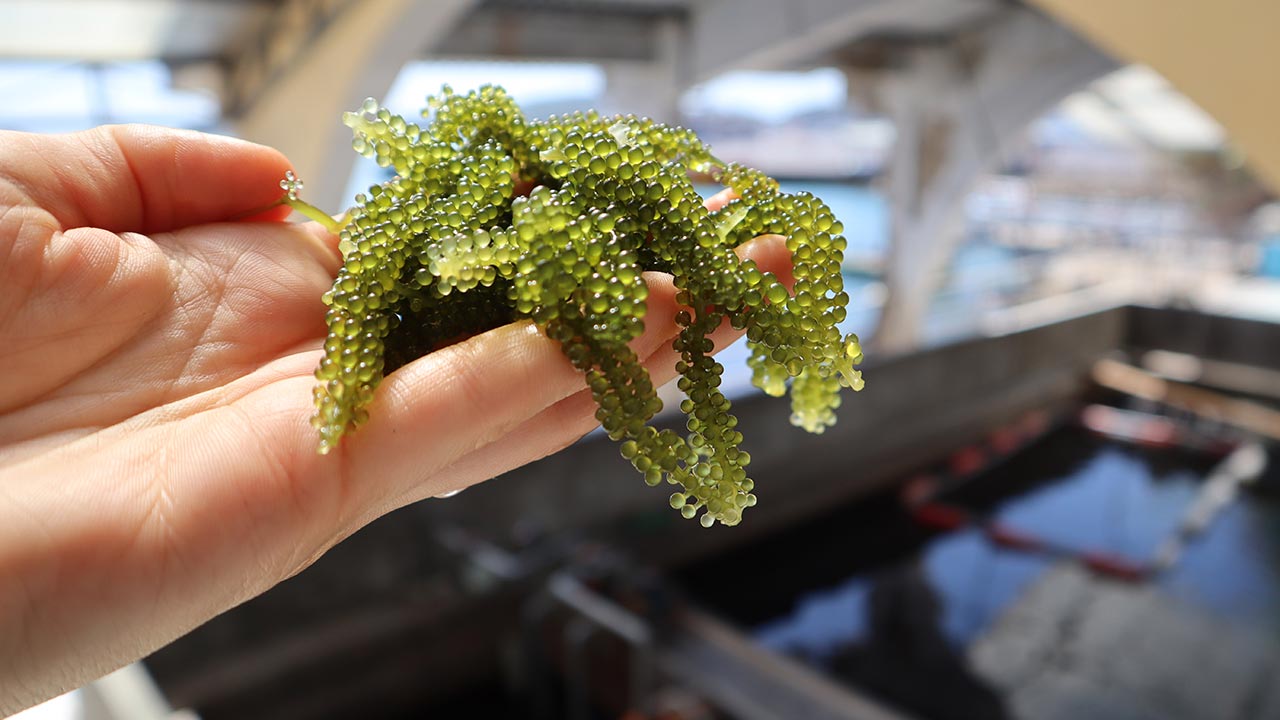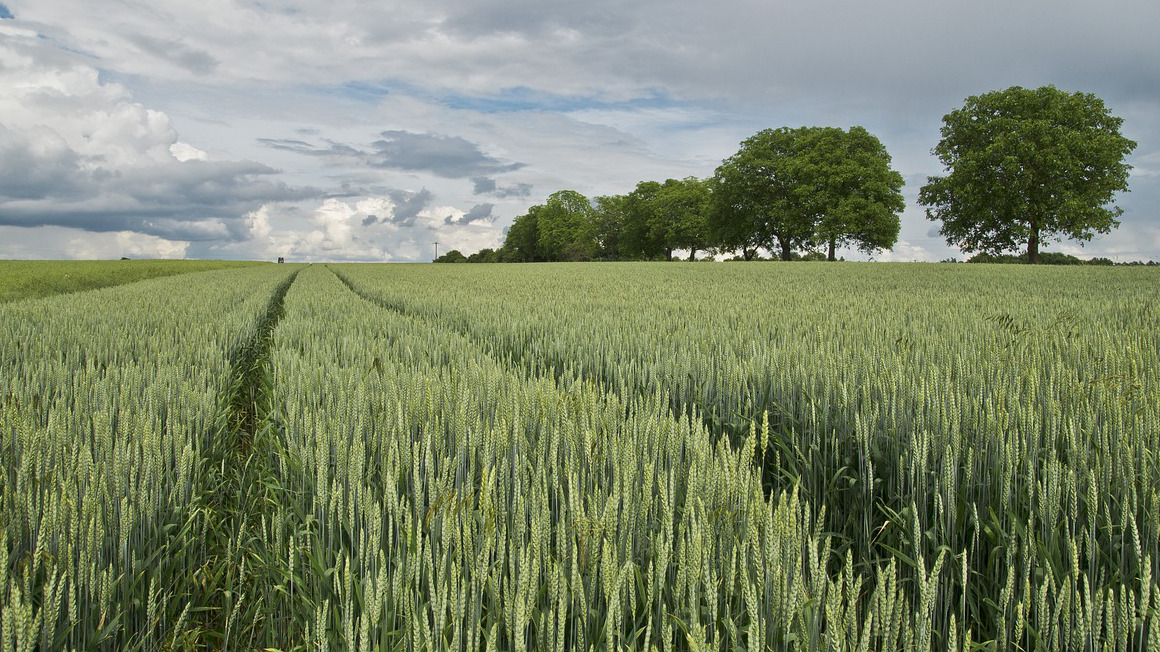More light makes for better sea grapes
Proper lighting allows edible algae to produce twice as many nutrients.

On land, agriculture urgently needs to become more sustainable for environmental and climate protection; in the water, many marine regions are considered overfished. But humanity's demand for food will continue to rise. One hitherto little-used source that can be both healthy and sustainable is algae, among which are marine grapes. Researchers at the University of Bremen and the Leibniz Center for Tropical Marine Research (ZMT) have now discovered a way to significantly increase their nutritional value. They present their method in the scientific journal „Algal Research“.
As rich in antioxidants as pomegranate seeds
Sea grapes originate from the Indo-Pacific and have been cultivated in aquacultures since the 1950s because they grow well together with fish. Their name is explained by their shape, small green balls hanging from a panicle. Typical of seaweed is its slightly salty taste. In the mouth, the balls burst similar to caviar, which is why they are also called "green caviar". Like most algae, they have a high protein content, have many unsaturated fatty acids and contain many mineral salts, vitamins and trace elements.
What makes sea grapes special, however, is their high antioxidant content. If the algae are exposed to high light radiation, free radicals are formed in their cells, which cause damage there. To protect against this, the algae produce antioxidants such as vitamins C and E, beta-carotene and polyphenols. All of these substances are very valuable for human health. The Bremen research team has now discovered that proper light irradiation causes sea grapes to more than double their antioxidant content. This makes them comparable to pomegranate seeds in terms of antioxidant concentration.
Ecologically interesting co-cultivation with marine animals
"Light irradiation as a cheap and simple means of increasing the antioxidant content of algae has great potential," summarizes Leibniz researcher Lara Stuthmann. This could also be applied to other algae, she adds. They also score in terms of sustainability: If the algae are cultivated together with the right marine animals, they form a natural cycle in which food and waste residues are optimally utilized. The ZMT is currently testing this type of co-cultivation in Vietnamese algae farms, where sea grapes are kept together with shrimps or sea snails.
Sea grapes have other advantages, adds Karin Springer of the University of Bremen: "Sea grapes differ from most other macroalgae in their growth form and consistency, which make them a very pleasant taste experience." They are also easy to propagate and grow quickly. Springer expresses confidence, "Sea grapes could therefore find a place on our German menu as a source of protein, antioxidants and other nutrients."
bl


